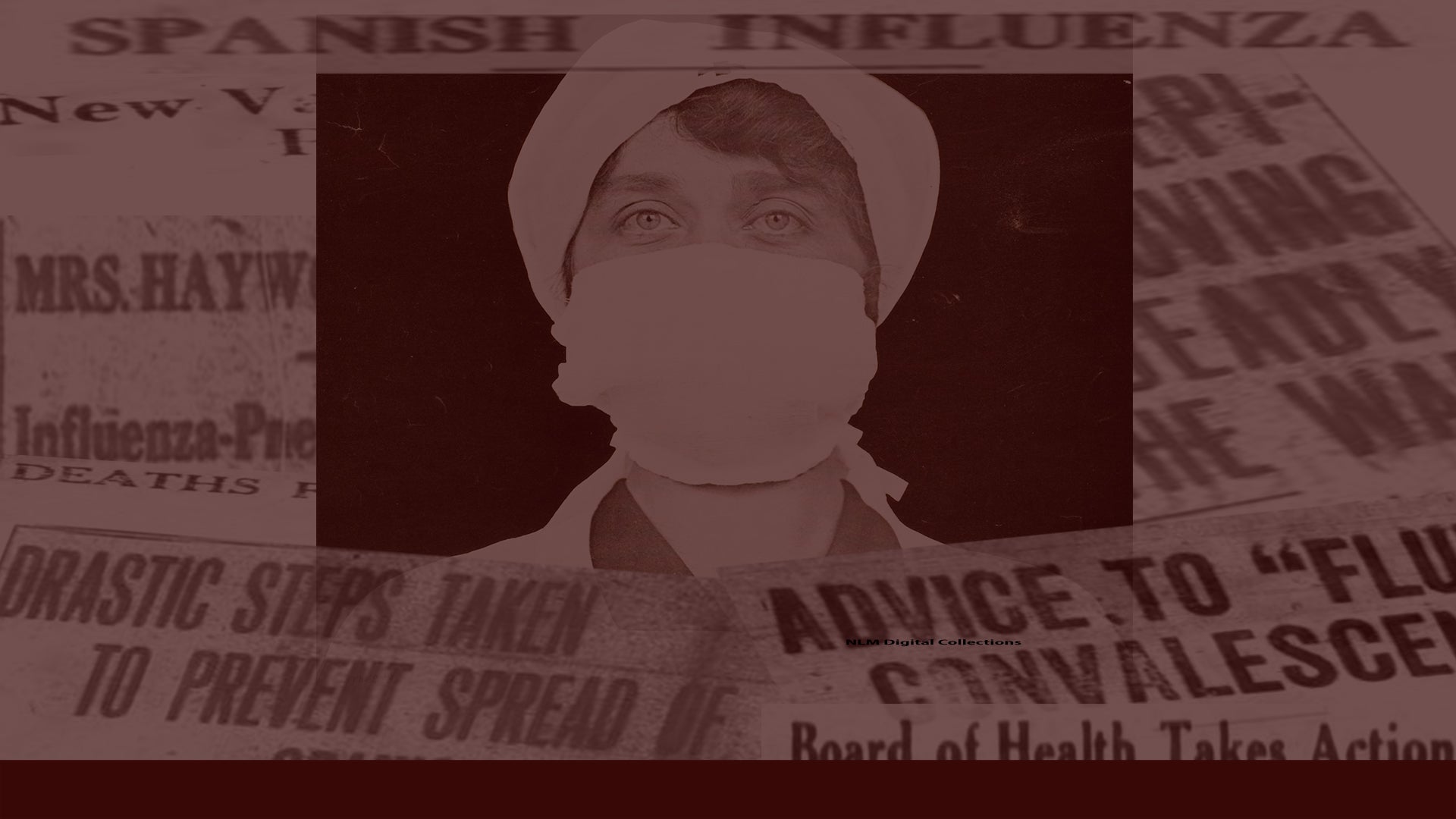From the Archivist: Developing “The Spanish Influenza Is Here” Exhibit
2018 marks several historical centennial anniversaries. Earlier this year, I curated an exhibit for the one-hundredth anniversary of World War I and described the experiences of North Carolina doctors and nurses during the Great War. Part of this exhibit examined another 100th anniversary—the 1918 influenza epidemic. The latest History Collections exhibit at Laupus Library explores the experiences of eastern North Carolina people during the pandemic. This epidemic, which killed over 13,000 North Carolinians, was at its worst in October 1918, exactly one-hundred years ago this month.
With this exhibit, I wanted to bring to life the experiences of the people who lived through the epidemic. This was a terrifying time, only made worse by the lack of medical professionals in the states during World War I and the general distrust of public health officials. It was important to me as the curator to uncover the thoughts and feelings of people who survived the pandemic and to tell their stories in their own words. To accomplish this, I explored online newspaper databases like DigitalNC, examined microfilmed newspapers in Joyner Library’s North Carolina Collection, and read letters from several collections in Joyner Library’s Manuscript Collection. I completed the exhibit with public health publications from the History Collections and artifacts from the library and The Country Doctor Museum.
By examining a variety of primary source materials, I was able to make interesting connections across various sources. Below are two examples of those connections.
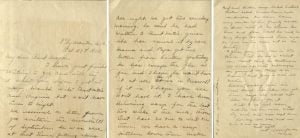
Reid Family Papers (#381), East Carolina Manuscript Collection, J. Y. Joyner Library, East Carolina University, Greenville, North Carolina, USA.
In the Reid Family Papers, I found a letter from Mammie to her Aunt Maggie, written on October 23, 1918. Mammie describes how the flu affected her community of Plymouth, North Carolina and asks her aunt if the flu has arrived in Creswell, North Carolina. Mammie also talks about her volunteer work at the local soup kitchen, describing what they cooked for sick families. She writes, “I have been delivering soups for the last two weeks to the sick, those that have no one to wait on them. We have a soup kitchen down town. Make beef and chicken soup, boiled custard, chicken salad, lemon cream, and sandwiches. In some homes every member of the family would be down with it. In others, two three and four would be sick. We carry things all around town and as far as ten miles out in the country.”
From this letter, I knew that Plymouth, North Carolina had a soup kitchen during the epidemic. I decided to look in the local newspaper, The Roanoke Beacon, for an advertisement about the soup kitchen. Using the DigitalNC resource, I found a brief public notice (pictured below). Together, Mammie’s letter and The Roanoke Beacon article demonstrate a nice connection between newspaper announcements and personal experiences.
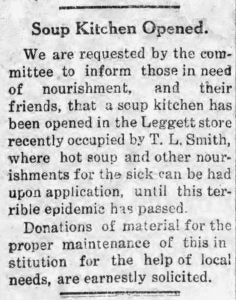
“Soup Kitchen Opened.” The Roanoke Beacon. October 11, 1918. DigitalNC.
Another correlation seen across various sources is the shift in perceptions of public health. Two items best illustrate this change: a newspaper editorial and Transactions: The North Carolina Medical Society.
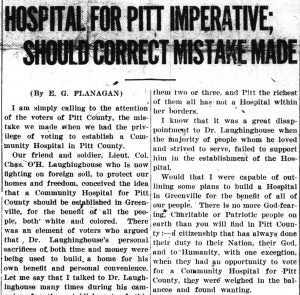
Flanagan, E.G. “Hospital for Pitt Imperative; Should Correct Mistake Made.” The Greenville Daily News. October 25, 1918. Microfilm Collection. Joyner Library. East Carolina University.
The above image is a portion of an October 25, 1918 article in The Greenville Daily News by E.G. Flanagan. The article calls for Pitt County to build a Community Hospital. Flanagan references a previous campaign for a Community Hospital several years prior and admonishes voters for voting against the hospital, stating, “[w]ith a Hospital the Medical profession could have relieved many who are now suffering and dying for the want of proper attention.” Soon after the epidemic, a group of local doctors led the effort to establish the Pitt Community Hospital, which first opened to the public in 1924.
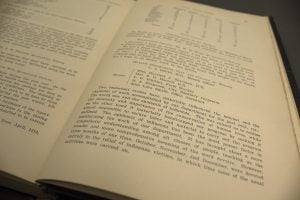
Transactions: The North Carolina Medical Society, 1919.
During the April 14, 1919 session of the North Carolina Medical Society, many counties reported the effects of the influenza epidemic on the population. Wilson County stated that “the epidemic of influenza has been the most potent factor in popularizing the work of our department,” demonstrating that following the epidemic, people were much more interested in public health. In fact, due to citizen petitions, the North Carolina General Assembly increased funding for public health facilities in 1919. New hospitals appeared across the state, while existing hospitals required improvements to meet new treatment codes. The increase in public interest and state funding for public health cemented its role and function in North Carolina society.
To learn more about eastern North Carolinians’ experiences during the 1918 Influenza, stop by Laupus Library to view the full exhibit. “The Spanish Influenza is Here”: Memories of the 1918 Influenza Epidemic in Eastern North Carolina will be on display in the 4th floor gallery during business hours through December 16th.
To learn more about the influenza epidemic in the eastern North Carolina, visit our digital exhibit.
Questions or comments? Please contact HSLHISTMED@ECU.EDU.
